I found a link to this article on the epigenetics project blog and wanted to share it with you.
I have a HUGE thing about plastics, aluminum foil and food, and now research is showing that plastic containers, bottles and wraps leach chemicals under all circumstances!
When my children were young I never packaged their lunches in plastic wrap without first wrapping the item in wax paper. I don't let plastic wrap touch the top of food I store in the refrigerator, and when I freeze meats, I wrap them in wax or parchment paper first, and then aluminum foil.
As you may know, acidic foods EAT right through aluminum foil in a very short time.
If you wrap a pizza slice in foil and look at it a few hours later...every point that came in contact with the tomato sauce has a hole in it! Aluminum is toxic to our bodies!
It's long been known that infinitesimal bits of plastic get into our food from containers. The process is called "leaching" or "migration." The chemical industry acknowledges that you can't avoid this transfer, noting on its website that "[v]irtually all food packaging materials contain substances that can migrate into the food they contact."
Laura Vandenberg, PhD, postdoctoral fellow in biology at Tufts University in Boston stated: "But almost any plastic container can be expected to leach trace amounts of plastics into food," she says.
Heating food in plastic seems to increase the amount that's transferred to food.
Migration also increases when plastic touches fatty, salty, or acidic foods.
Although most of the chemicals making the culinary crossing are considered "safe," Jacob tells WebMD that's generally not because they've been proved safe, but rather they haven't been proven to be unsafe.
Well, that's enough for me.
Clever Plastic-Free and Low-Tech Ways to Store Fresh Fruits and Vegetables
 Lloyd Alter
Lloyd Alter
Many fruits and vegetables taste better eaten the day they’re harvested from the garden. But what if you need to store your crop before you can prepare it? It’s possible to store your fruits and veggies using old technology and avoiding plastic altogether for zero waste storage.
How To Store Fruits and Vegetables.
Tips and tricks to extend the life of your produce without plastic.
The Ecology Center Farmers' Markets produced a large list of ways to store your produce without using plastic to push the markets and customers toward zero waste. Below is a sampling of the plastic-free tips and tricks of vegetable and fruit storage.
Fruits
Apples- Store on a cool counter or shelf for up to two weeks. For longer storage, put in a cardboard box in the fridge.
Citrus- Store in a cool place with good airflow, never in an air‐tight container.
Apricots/Nectarines- On a cool counter or fridge if fully ripe
Cherries- Store in an airtight container. Don’t wash Cherries until ready to eat, added moisture encourages mold.
Berries -Don’t forget they’re fragile. When storing be careful not to stack too many high, a single layer if possible. A paper bag woks well, only wash before you plan to eat
Strawberries- Don’t like to be wet. Do best in a paper bag in the fridge for up to a week. Check the bag for moisture every other day.
Veggies
Always remove any tight bands from you vegetables or at least loosen them to allow them to breathe.
Asparagus- Place them loosely in a glass or bowl upright with water at room temperature. Will keep for 5 days outside the fridge.
Basil- Basil does not like the cold or to be wet. The best method is an airtight container/jar loosely packed with a small damp piece of paper inside, left out on a cool counter.
Broccoli -Place in an open container in the fridge or wrap in a damp towel before placing in the fridge.
Carrots- Cut the tops off (but save them for tea) to keep them fresh longer. Place them in closed container with plenty of moisture, either wrapped in a damp towel or dunk them in cold water every couple of days, if they’re stored that long.
Cauliflower- Will last a while in a closed container in the fridge, but they say cauliflower has the best flavor the day it’s bought.
Lettuce- Keep damp in an airtight container in the fridge.
Zucchini- Does fine for a few days if left out on a cool counter, even after cut. Wrap in a cloth and refrigerate for longer storage.
Beth Terry of My Plastic-Free Life skips the damp towel for carrots and stores them in containers of water that she frequently changes. According to Beth, the carrots, cut or whole, keep for a couple of weeks.
Saving Food from the Fridge
 © Jihyun Ryou
© Jihyun Ryou
How did we store food before we handed that job over to technology? Korean designer, Jihyun Ryou, tackled that question in her project, Save Food From the Fridge, which Lloyd Alter wrote about earlier here at TreeHugger, when she went in search of oral knowledge of elders and farmers.
What emerged is a simple and elegant way of storing and connecting to the ingredients we tuck away in the back of the refrigerator until they lose their flavor or start to decompose.
As gardeners we know about companion planting, but do we practice companion storage? Growing up apples were stored on the kitchen table or crisper in the fridge, while potatoes were relegated to the darkest corner of the food pantry.
Jihyun takes advantage of the ethylene gas emitted by apples as they ripen to suppress sprouting in potatoes.
What low-tech and plastic-less methods do you use to store your food?
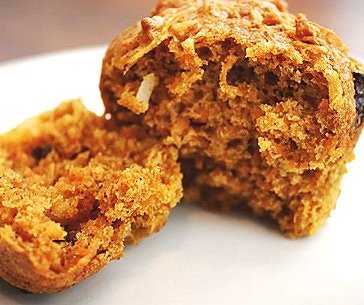






 not only for its value in enhancing normal inflammation function. It has also been used traditionally to support normal liver detoxification function, lowering our body burden of toxic chemicals which is also linked to tiredness, fatigue and a loss of well-being.
not only for its value in enhancing normal inflammation function. It has also been used traditionally to support normal liver detoxification function, lowering our body burden of toxic chemicals which is also linked to tiredness, fatigue and a loss of well-being.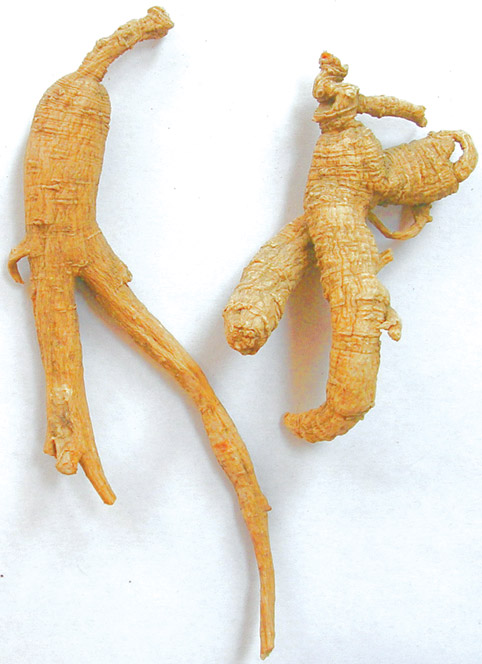













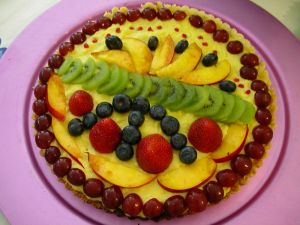
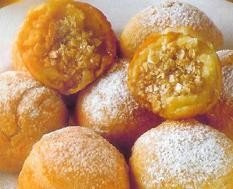




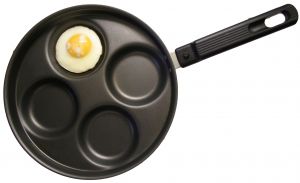





 Lloyd Alter
Lloyd Alter ©
© 